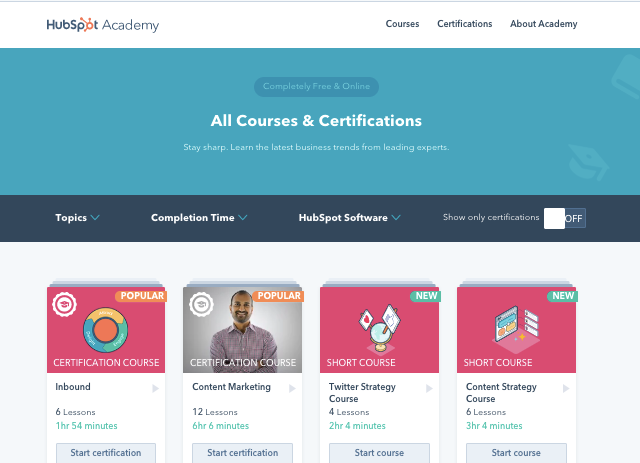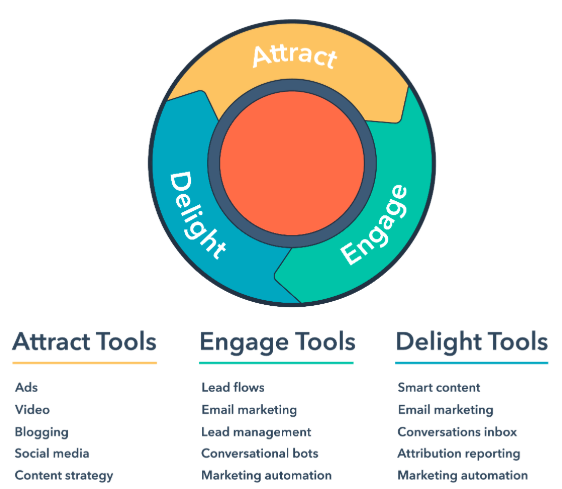What comes to mind when you hear the term email deliverability? At its most fundamental level, email deliverability can be defined as the ability to deliver email to the intended recipient’s inbox. However, there's much more to deliverability than you might think!

Email deliverability can be broken down into two components: acceptance rate and inbox placement. This is a game of delivery vs. deliverability.
Acceptance Rate
Acceptance rate refers to whether or not your email is accepted by the recipient’s Internet Service Provider (ISP). In other words, can the email be delivered in the first place?
Acceptance rate measures the percentage of mail that was not bounced back to the sender, without regard to where the mail ended up in the recipient’s mailbox. In HubSpot, you can find the overall acceptance rate — or delivery rate — of your marketing email campaigns, and that of individual email sends, on the email dashboard.
Imagine doing a bit of online shopping for the holidays, after all! You’ve purchased a gift to be delivered to a friend, so you’ve listed their home as the shipping address for the package.
Little did you know, there was a typo in their address. In an attempt to deliver the package to your buddy, the delivery service was not able to find a mailbox at the listed address. The package is then marked with the dreaded Return to Sender stamp, and it never again sees the light of day.
OK, that's an exaggeration. However, this analogy can be applied to acceptance rate. If your mail has nowhere to go or the recipient’s ISP cannot accept the mail, it is returned to the sender. In the world of email, this would be described as "bouncing back."
But what happens to an email after a successful delivery? This is where inbox placement comes into play.
Inbox Placement
Inbox placement refers to whether or not your email makes it to the coveted primary inbox as opposed to the spam folder. Inbox placement is often a better measure of success than the acceptance rate.
Why?
Because emails that reach the primary inbox are more likely to be opened, clicked, and/or drive traffic back to your website. The more engaged your recipients are with your mail, the better your deliverability.
In HubSpot, a handful of metrics under an email's Performance tab can help you measure deliverabiilty (including clickthrough rate, open rate, bounces, and unsubscribes/spam complaints). The goal is to keep the clickthrough and open rates high and bounces and unsubscribes/spam complaints low to improve and maintain your deliverability over time.
Ready to put what you learned into practice?
Access Your Marketing Emails in HubSpot
Tips for Email Success
When you think of email deliverability, keep in mind that there's more to it than just delivering mail to recipients. The successful delivery of email does not always mean inbox placement. As a sender, you must earn your place in the primary inbox by building trust, a healthy sender reputation, and by following email deliverability best practices.
Want to learn more about how to get your emails to the primary inbox? Check out HubSpot Academy’s free Email Marketing Certification course below.
Email Deliverability

.webp)






![Become a Content Marketing Expert This Year [Course + Workbook]](https://blog.hubspot.com/hubfs/content-marketing-certification-course-image.jpeg)

